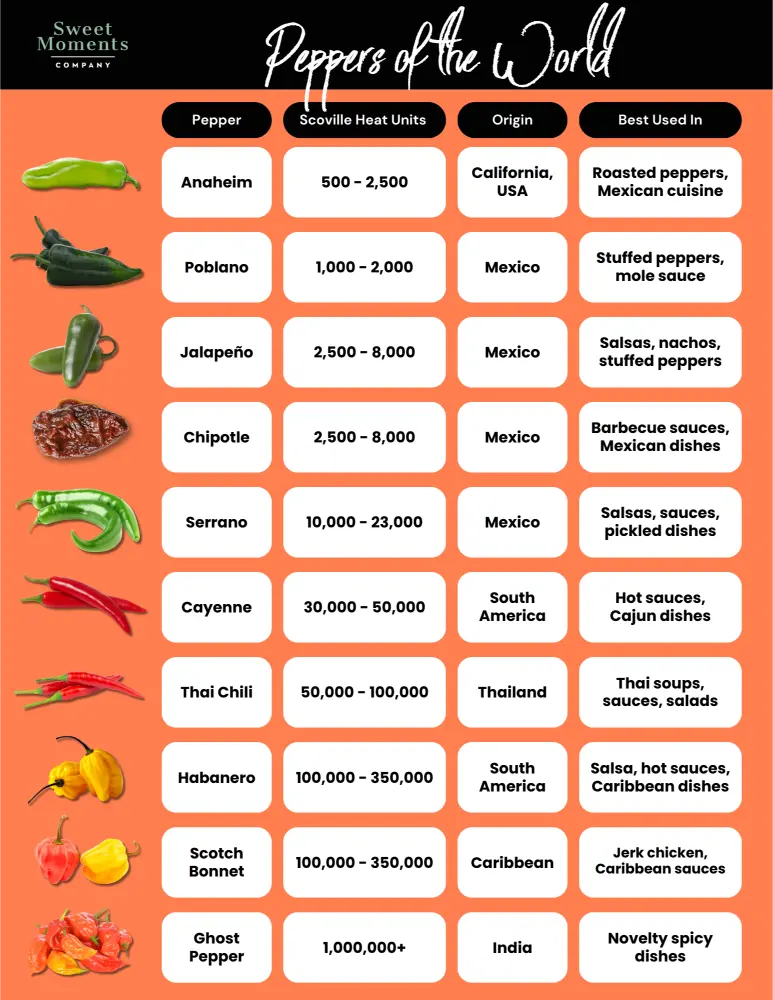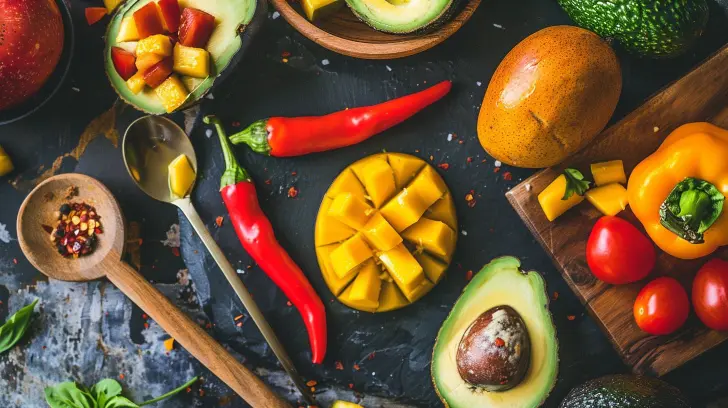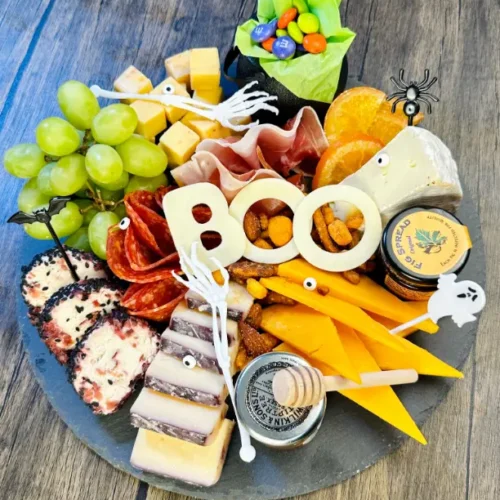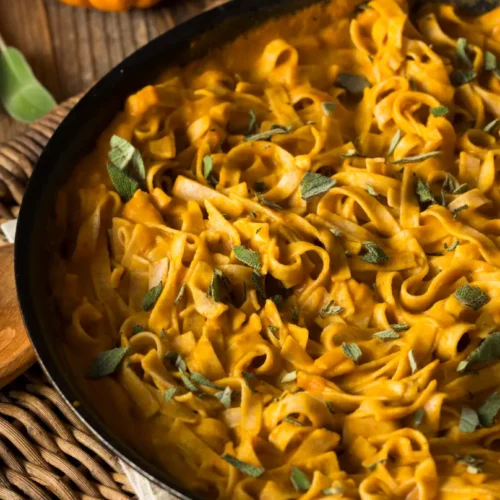Hey there, spice enthusiasts! Are you tired of bland meals and craving a fiery kick in your cooking from a variety of types of spicy peppers? We’ve all been in that spot, staring at a dizzying array of peppers in the grocery store, unsure which ones to pick or how to use them without setting our taste buds ablaze.
It’s a common dilemma many home cooks face when trying to spice up their dishes.
After countless hours in the kitchen, experimenting with different peppers and cooking techniques to find that perfect balance of heat and flavor, I’ve learned a thing or two. Did you know that the world’s hottest pepper, the Carolina Reaper, measures a whopping 2.2 million Scoville Heat Units? Don’t worry, though – we won’t be starting there! In this blog post, I’ll guide you through the exciting world of spicy peppers, from understanding heat levels to mastering cooking techniques.
Get ready to transform your meals from mild to wild with confidence and flavor. Are you excited to turn up the heat in your kitchen?

Key Takeaways
- Spicy peppers come in many varieties, from mild bell peppers to extremely hot ghost peppers, with heat levels measured using the Scoville scale.
- When cooking with hot peppers, remove the seeds and membranes to reduce heat, and wear gloves to avoid skin irritation.
- Peppers add flavor and nutrition to dishes, containing vitamins A and C as well as antioxidants.
- Popular ways to use peppers in cooking include roasting, grilling, stuffing, and adding to sauces, salsas, and stir-fries.
- To cool your mouth after eating spicy peppers, drink milk or eat yogurt instead of water, as dairy helps neutralize the capsaicin that causes the burning sensation.
Understanding Chili Pepper Heat Levels

I’m excited to introduce you to the Scoville Scale, a crucial tool for understanding pepper heat levels. This scale helps measure the spiciness of peppers, giving cooks a reliable reference point for their culinary creations. It ranges from 0 for bell peppers to 2.2 million Scoville Heat Units for the Carolina Reaper, the world’s hottest pepper. Knowing this scale helps you pick peppers that match your spice tolerance. Try different heat levels to find what you enjoy most in your cooking.

This scale provides a great starting point for experimenting with different heat levels in your cooking. As you gain experience, you’ll develop a personal preference for spice intensity. Small amounts of hotter peppers can pack a big punch in your dishes.
Hottest Peppers You Can Cook With

Moving from understanding the Scoville Scale, let’s explore the hottest peppers you can actually cook with. These fiery chilies pack a serious punch, but with proper handling and techniques, they can add incredible depth and heat to your dishes.
- Carolina Reaper: Topping the charts at 1.5 to 2.2 million Scoville Heat Units (SHU), this pepper isn’t for the faint of heart. I’ve found that using just a tiny amount can transform a dish, but caution is key.
- Trinidad Moruga Scorpion: With a heat range of 1.2 to 2 million SHU, this scorching pepper has a fruity, sweet flavor beneath its intense heat. In my experience, it pairs well with tropical fruit salsas.
- Ghost Pepper (Bhut Jolokia): Measuring around 1 million SHU, this infamous pepper has a slow-building heat. I’ve successfully used it in small quantities to add depth to curries and hot sauces.
- Habanero: A more approachable option at 100,000 to 350,000 SHU, habaneros offer a fruity flavor profile. They’re great for making spicy marinades or adding a kick to salsas.
- Scotch Bonnet: Similar in heat to habaneros, these peppers are crucial in Caribbean cuisine. I love using them in jerk seasoning or to spice up tropical fruit chutneys.
- Thai Bird’s Eye Chili: These small but mighty peppers pack about 50,000 to 100,000 SHU. They’re perfect for adding authentic heat to Southeast Asian dishes like curries and stir-fries.
- Cayenne: A versatile pepper ranging from 30,000 to 50,000 SHU, cayenne is great for everyday cooking. I often use it in powdered form to add heat to various dishes.
Tips For Cooking With Spicy Peppers
Balance flavors by pairing peppers with sweet or creamy ingredients.

Balancing spicy peppers with sweet or creamy ingredients creates a harmonious flavor profile in dishes. Sweet fruits like mangoes or pineapples complement the heat of chili peppers, while dairy products like sour cream or yogurt cool the palate.
I made a habanero salsa with mango chunks, which balanced the intense heat perfectly. Creamy avocados also pair well with spicy peppers, as in a classic guacamole. This technique of flavor balancing allows you to enjoy the unique tastes of hot peppers without overwhelming your taste buds.
Experimenting with different combinations helps you find the ideal balance for your spice tolerance. Adding a drizzle of honey to a spicy stir-fry or mixing cream cheese into a jalapeño dip can be effective.
These pairings not only temper the heat but also create complex, layered flavors that elevate your cooking. The key is to start with small amounts of spicy peppers and gradually increase to find your perfect heat level.
Make infused oils by steeping peppers in warm oil.

Infused oils are a great way to add spicy flavor to your dishes. Creating pepper-infused oils is simple and allows you to control the heat level.
- Choose your peppers: Select fresh, clean peppers like jalapeños, habaneros, or ghost peppers based on desired heat.
- Prepare the peppers: Slice peppers thinly or chop them coarsely to increase surface area for infusion.
- Heat the oil: Warm olive oil or vegetable oil in a saucepan over low heat until it reaches about 180°F.
- Add peppers: Carefully place prepared peppers into the warm oil.
- Steep the mixture: Allow peppers to steep in oil for 1-2 hours, maintaining low heat.
- Strain the oil: Remove peppers using a fine-mesh strainer, reserving the infused oil.
- Store properly: Transfer cooled oil to a clean, airtight glass container and refrigerate.
- Use in cooking: Drizzle spicy oil over dishes, use in marinades, or as a cooking base for added heat.
- Experiment with flavors: Combine different pepper varieties or add herbs for unique flavor profiles.
- Safety first: Wear gloves when handling hot peppers to protect your skin from capsaicin.
Create versatile pepper pastes by blending roasted peppers with herbs and spices.

Moving from infused oils, let’s explore another way to harness the flavor of spicy peppers. Creating versatile pepper pastes by blending roasted peppers with herbs and spices offers endless culinary possibilities.
- Roast peppers: Char peppers on an open flame or under a broiler until skin blisters and blackens.
- Peel and seed: Remove charred skin and seeds from cooled peppers.
- Blend ingredients: Combine roasted peppers with garlic, herbs, and spices in a food processor.
- Add oil: Drizzle in olive oil while blending to create a smooth paste consistency.
- Experiment with flavors: Try different pepper combinations like jalapeño and cilantro or habanero and mango.
- Store properly: Keep pepper paste in an airtight container in the refrigerator for up to two weeks.
- Use as condiment: Spread on sandwiches, burgers, or wraps for added heat and flavor.
- Incorporate into recipes: Stir into soups, stews, or marinades for an instant flavor boost.
- Adjust heat levels: Mix hot pepper paste with milder varieties to control spiciness.
- Freeze for later: Portion paste into ice cube trays and freeze for long-term storage.
Remove seeds to reduce heat while keeping flavor.

Removing seeds from spicy peppers offers a great way to reduce heat while preserving flavor. Most of the capsaicin, the compound responsible for a pepper’s spiciness, is concentrated in the seeds and white membrane.
Simply cut the pepper in half and scrape out the seeds with a spoon. This technique works well for jalapeños, serranos, and even superhot chili peppers like habaneros or ghost peppers.
For those who enjoy the taste of spicy peppers but want to dial down the intensity, seed removal provides an effective solution. The flesh of the pepper retains its distinctive flavor profile, allowing you to add depth and complexity to dishes without overwhelming heat.
Experiment with different peppers and seed removal amounts to find your ideal spice level in recipes.
Wear gloves when handling hot peppers to protect your skin.

Handling hot peppers requires caution to protect your skin from capsaicin, the compound responsible for their spiciness. Always wear gloves when prepping chili peppers, especially superhot varieties like ghost peppers or Carolina Reapers.
Latex or nitrile gloves work best for this task. Avoid touching your face or eyes while working with spicy peppers.
From personal experience, I’ve learned that even mild jalapeños can cause irritation if handled without protection. After chopping peppers barehanded once, my fingers burned for hours.
Now, I keep disposable gloves in my kitchen specifically for pepper prep. This simple precaution makes cooking with hot peppers much more enjoyable and safe.
Respect the pepper, and it will respect you. Always glove up before handling the heat. – Chef Bobby Flay
FAQs
1. How do I handle hot peppers safely?
Wear gloves when cutting spicy peppers. Avoid touching your eyes or face. Wash hands thoroughly after handling.
2. Can I reduce the heat of a dish if it’s too spicy?
Add dairy products like milk or yogurt. Serve with rice or bread. Use sugar or honey to balance the heat.
3. What’s the best way to store hot peppers?
Keep fresh peppers in the fridge. Dry peppers can be stored in a cool, dark place. Freeze peppers for long-term storage.
4. How can I add pepper flavor without too much heat?
Remove seeds and membranes from peppers. Use milder varieties. Add peppers early in cooking to mellow the heat.











